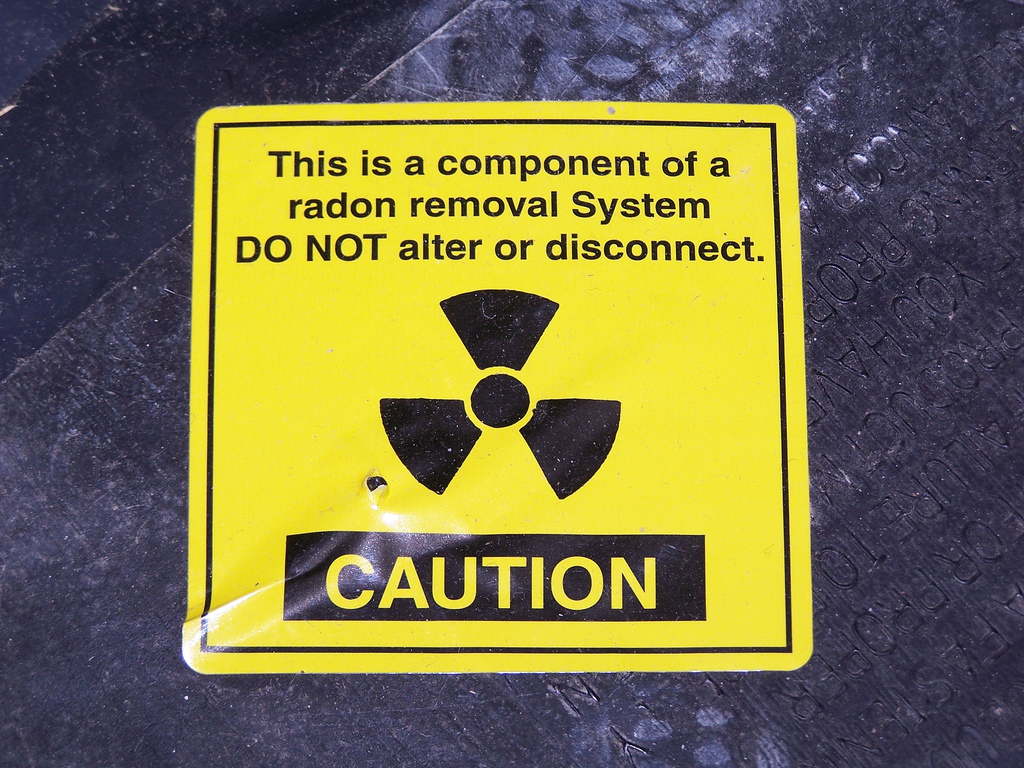
Radon gas doesn't discriminate. Your house could be a spiffy new construction, a "drafty home," or an older block house with or without a basement. The only way to know if radon is present in your living quarters is to have your home tested. The average charge for radon detection is estimated to be around $1,200. Radon gas could also be seeping into your workplace, school or daycare facility. It quietly churls into buildings through cracks or gaps in flooring or walls, wires and pipes, as well as via your water supply.
A high level of radon is lurking in one out of every 15 homes, says the U.S. Environmental Protection Agency (EPA). Radon is measured in picocuries, designated as pCi, which is the measurement "of the rate of radioactive decay of radon," as reported by SOSRadon.org. The indoor radon level recommended by the EPA is 4 pCi/L (picocuries per liter). Outside in the fresh air, the typical radon level is much lower at 0.4 pCi/L.
Radon exposure has been linked to lung cancer. Although it's not discussed as often as smoking, exposure to radon is "responsible for about 21,000 lung cancer deaths every year," and, of that number, it's estimated that 2,900 of those deaths are among people who had never smoked. Studies show that "radon can damage the DNA of the respiratory epithelium," the tissue protecting your respiratory tract. The link between smoking and lung cancer is well known, but case studies have confirmed lung cancer may also be the result of long-term, chronic exposure to radon. Researchers are aware of a radon/ lung cancer connection because of studies done on coal miners, particularly those exposed to radon in the mid-1900s.
A study published in the European Respiratory Journal examined 800,000 individuals throughout the U.S., and discovered a "positive linear trend" that linked Chronic Obstructive Pulmonary Disease (COPD) with radon exposure, especially in people over the age of 65.
Radon was the subject of a Surgeon General inspired National Health Advisory in 2005. In that advisory, its effects on indoor air quality were highlighted. What's notable about the 2005 press release is the mention of a 160 percent increase in asthma in young children since 1990, and the fact that "one in five schools in America have indoor air quality problems." We can only surmise that those numbers have increased exponentially in the past 27 years.
It is recommended that your home be tested for radon every two years, and perhaps more often if there have been structural changes. As with many construction and mitigation issues, there are professionals that can assist with radon discovery and reduction. Unfortunately, there "are no known methods for reducing the toxic effects of radon once you are exposed." But you can get better ventilation systems installed in your home and consider taking three supplements that may help protect your body against the effects of radon.
Chlorophyll, found in all green plants, can help "reduce oxidative damage in your body." Glutathione, "the mother of all anti-oxidants" may help "reduce damage caused by radioactive stress." Spirulina fights cancer and promotes detoxification.
Most importantly, you can always spend a little more time outdoors.
Sources include:
Please contact us for more information.






















